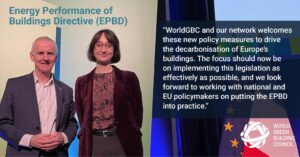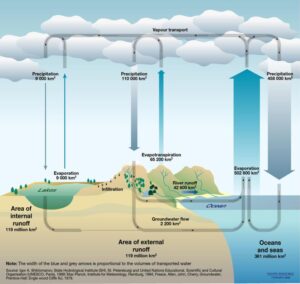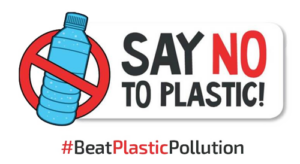Within the European Union, the green transition is a priority goal, and in the spirit of climate neutrality efforts, photovoltaic systems are spreading dynamically all over the world, be it huge solar power plants or small household-sized power plants.

The revision of the 2021 European Union Energy Performance of Buildings Directive (EPBD) has sparked considerable debate among Member States. The WGBC statement welcomes the endorsement by EU decision-makers of an agreement on the decarbonisation of European buildings. According to it, from 2028 it would be mandatory to install solar panels on the roofs of all suitable residential, economic and public buildings. According to EU calculations, this could lead to the production of up to 150-200 gigawatts of new renewable energy. The level of development of the green transition varies considerably between Member States, but intermittent overproduction and distribution are already a problem. The spread of industrial-scale energy storage is expected by 2040-2045 at the earliest.
For households, the possibilities of utilizing excess production are relatively limited: do we return it to the grid distributor for less and less payment, or store it in expensive batteries, or restructure our energy consumption and e.g. buy an electric car, heat with electric device or transform it into some kind of energy carrier…
When it comes to generating electricity with photovoltaic systems, we have to take into account that solar energy is generated only during the day and the sunny periods also change hectically. In addition, the periods of use and the amount of electricity demand differ in time from production. Accordingly, the current production distribution can usually be managed by the control of modern household-sized small power plants.
 The new watersource alternatives
The new watersource alternatives
In addition to sunlight, we have another natural resource that is becoming increasingly valuable today: water. The vapor stored in the atmosphere can be an unlimited source of water! I think until now, few people thought about producing drinking water with their excess electricity! Of course, this is primarily possible where there is a problem with the water supply (e.g. there is a permanent or temporary shortage of water, the water base is polluted, tap water is not drinkable) and climatic conditions are also suitable. Unfortunately, many regions are affected by these problems, just thinking about the situations of this year’s crisis in South Spain or Sicilia.
A new water technology, Atmospheric Water Generators (AWGs), is also available in Europe, providing a solution for extracting air humidity. Excess solar power generation can be used well and in a value-creating way for water production, which has many advantages: it produces water when excess electricity is generated, there is no need to buy mineral water and carry it home, which means serious savings. AWG equipment of AWG-Europe provides healthy, crystal clear, mineralized drinking water for the family, small or large community.
AWG PRODUCT BENEFITS
- Clean, healthy water (free of hormones, drug residues, filters out microorganisms)
- Optimized mineral contents and PH level for daily consume
- Dehumidifies and filters the air (when used indoors)
- Can be used anywhere (above 15 0C and 25% relative humidity)
- Plug & Play easy to install
- No infrastructure (only electricity supply need)
- Well complemented with a solar or wind generator solution
- Long service life (up to 15 years)
- Sustainable and environmentally friendly, no need for chemicals does not create ecological loads and does not generate sewage.
- Adaptable to user needs and local conditions
- No water supplier needed, no bill, no bickering, no need to transport or stock
- Environmentally friendly: no PET bottles and packing problems

